On July 25, 2025, Prime Minister Narendra Modi completed 4,078 uninterrupted days in office, surpassing former Prime Minister Indira Gandhi’s record of 4,077 consecutive days served between 1966 and 1977. With this milestone, Modi becomes the second-longest consecutively serving Prime Minister in India’s history, behind only Jawaharlal Nehru.
Modi, who took office on May 26, 2014, is the first Prime Minister born after Independence and the longest-serving non-Congress leader to hold the nation’s highest elected office. He is also the only non-Congress Prime Minister to complete two full terms and return for a third with a majority in the Lok Sabha.
Notably, Modi is the first sitting Prime Minister since Indira Gandhi in 1971 to win re-election with a full mandate. He has led the Bharatiya Janata Party (BJP) to three successive Lok Sabha victories — in 2014, 2019, and 2024 — equaling Nehru’s feat as a party leader.
Across his political career, Modi has achieved six consecutive electoral victories as the face of his party — three times in Gujarat (2002, 2007, 2012) and three times nationally. His consistent success underscores his enduring popularity and electoral appeal.
Modi's journey from selling tea at a railway station in Vadnagar, Gujarat, to becoming a global statesman is marked by a strong grassroots connection and effective communication style. Rising through the ranks of the RSS and BJP, he served as Gujarat’s Chief Minister for over 12 years before transforming the national political landscape.
Under Modi’s leadership, India has asserted itself on the world stage with greater confidence, while domestically, he has pursued policies focused on infrastructure, digital transformation, and national security, shaping a new narrative for 21st-century India.








 OpinionExpress.In
OpinionExpress.In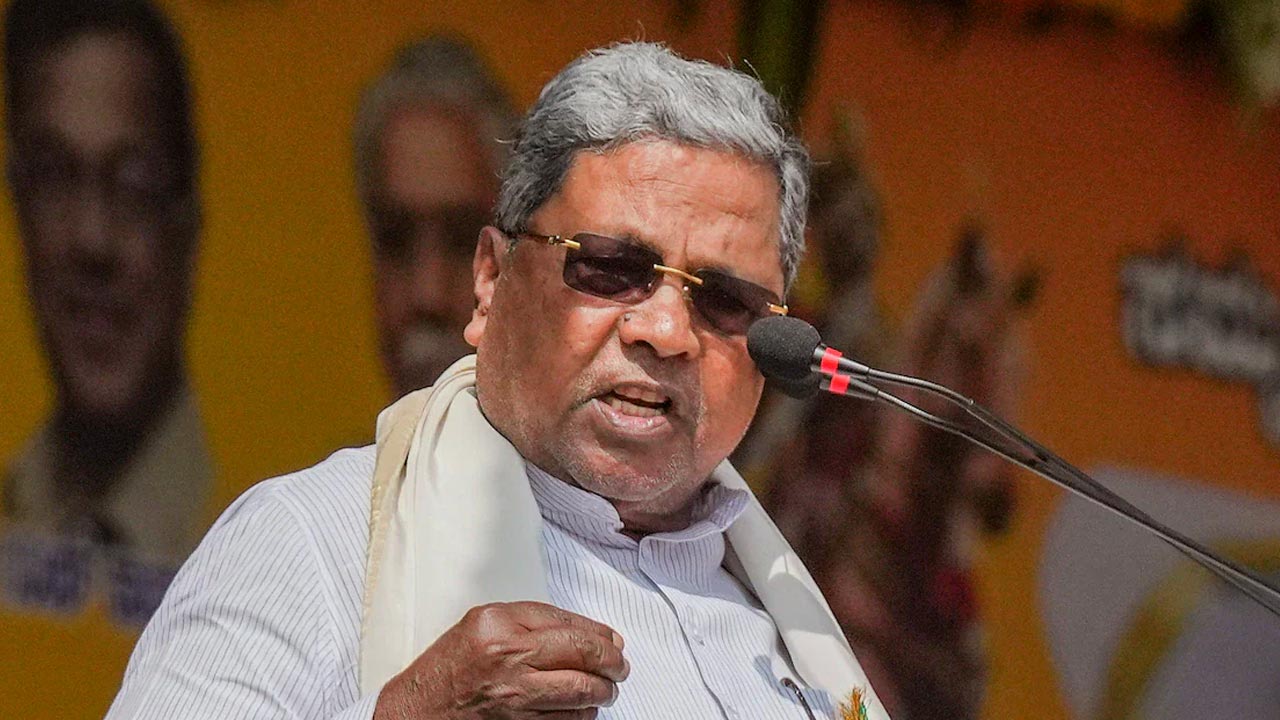
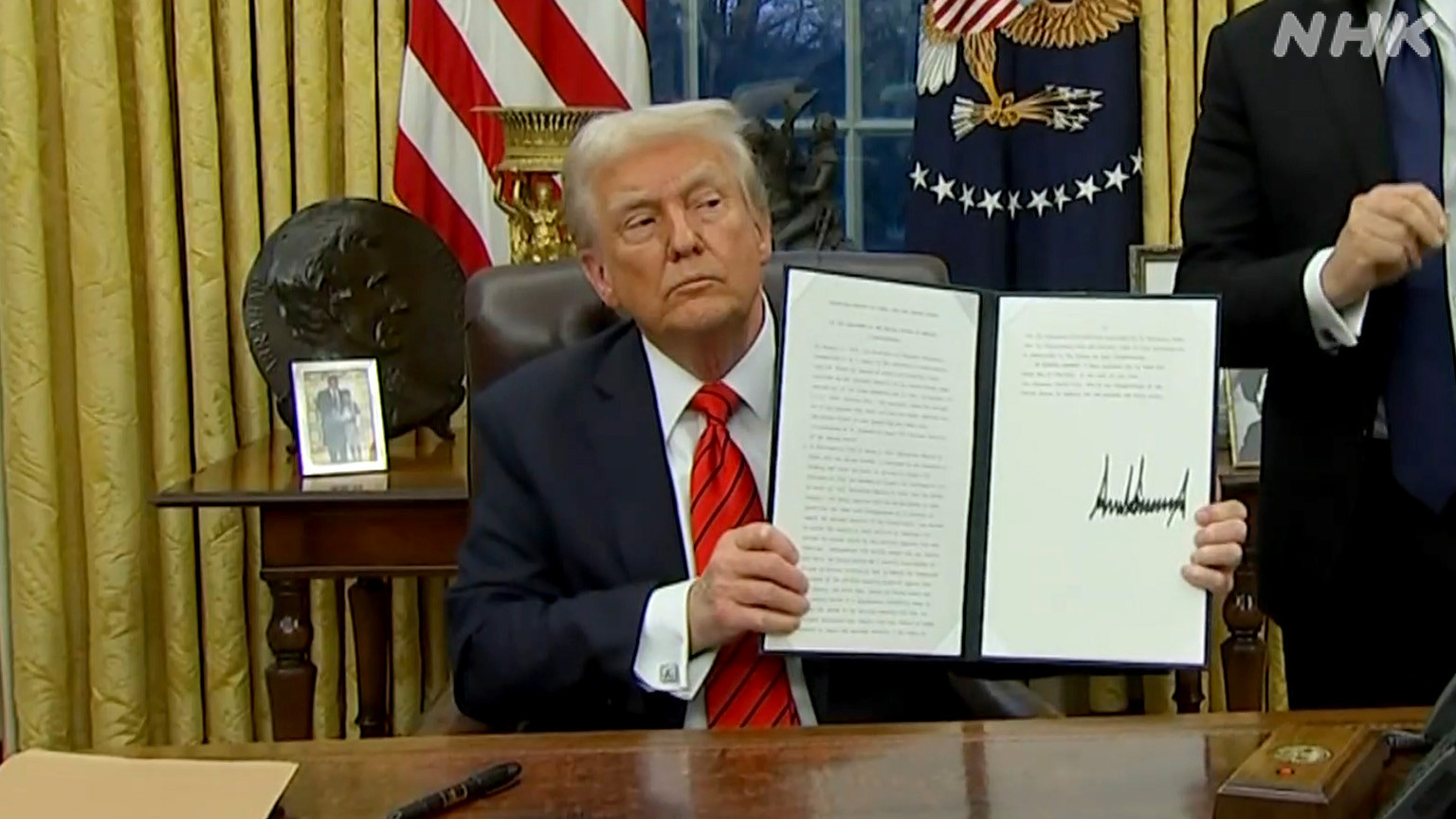
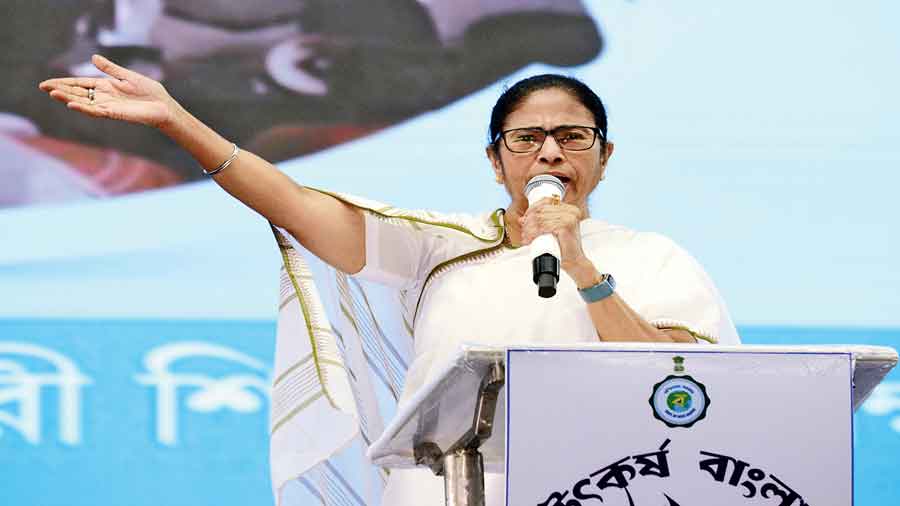
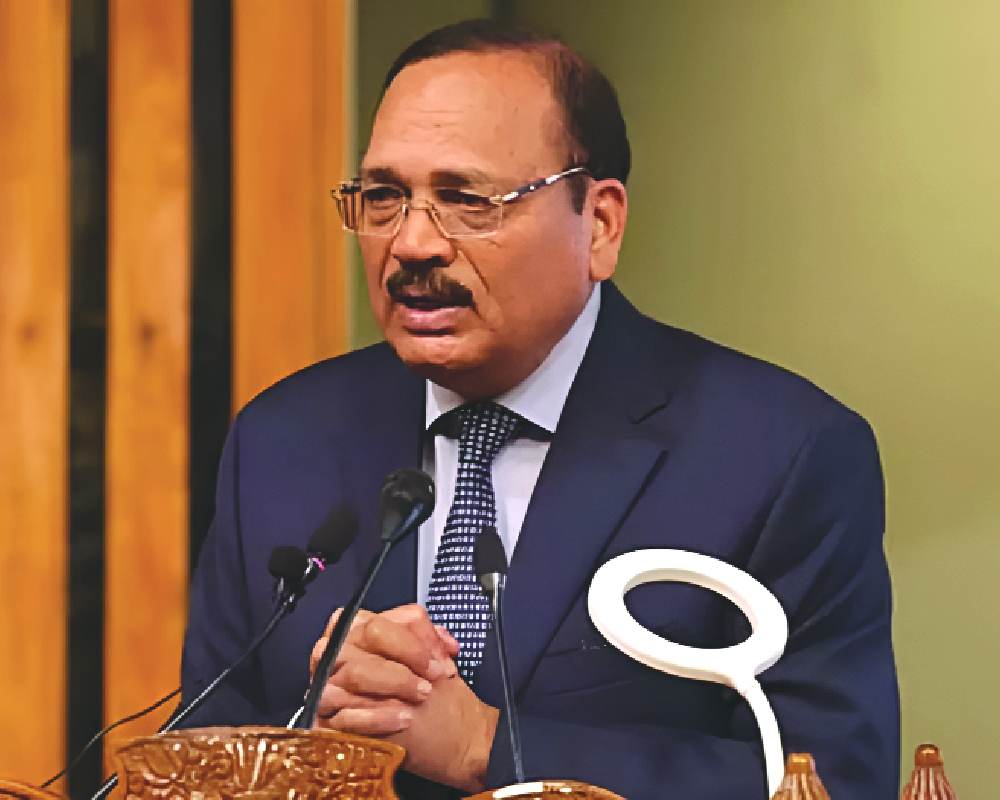
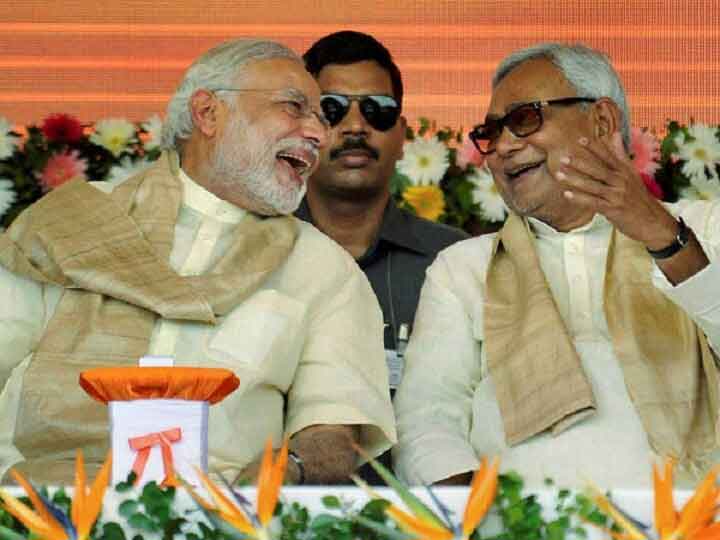
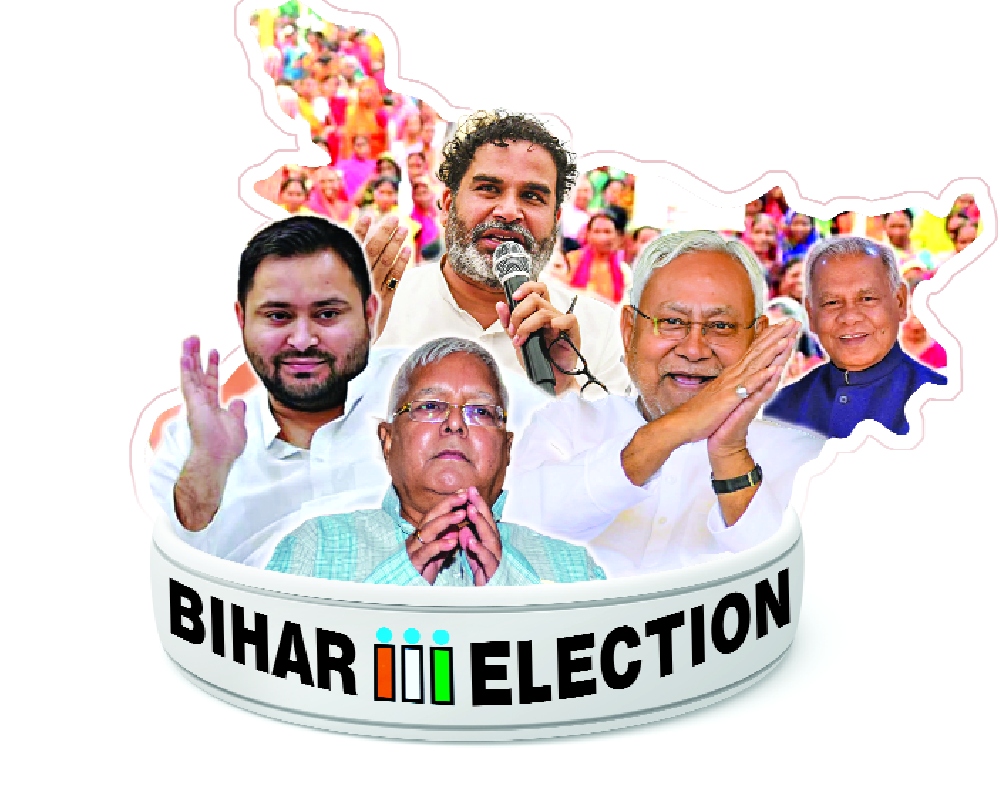
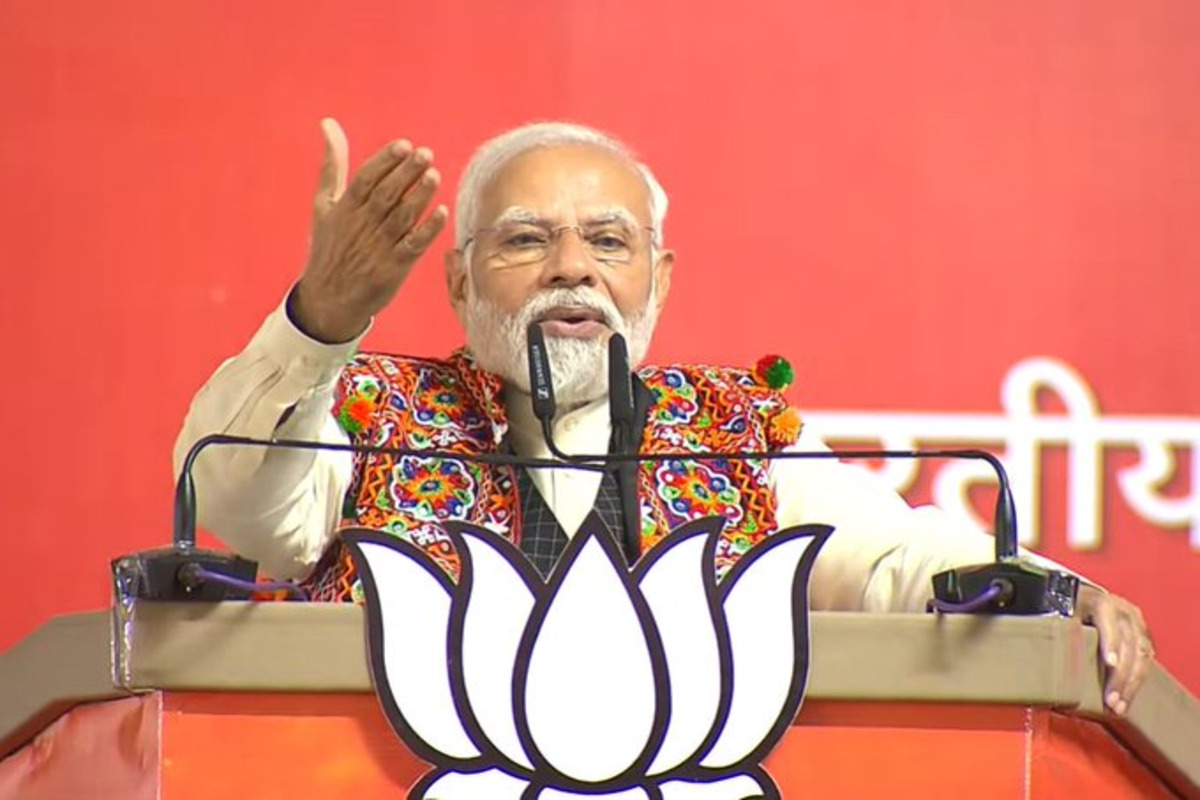

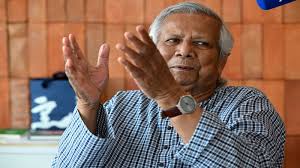
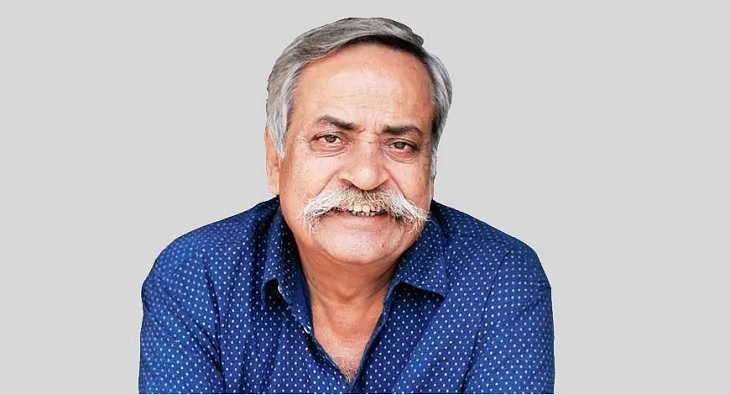





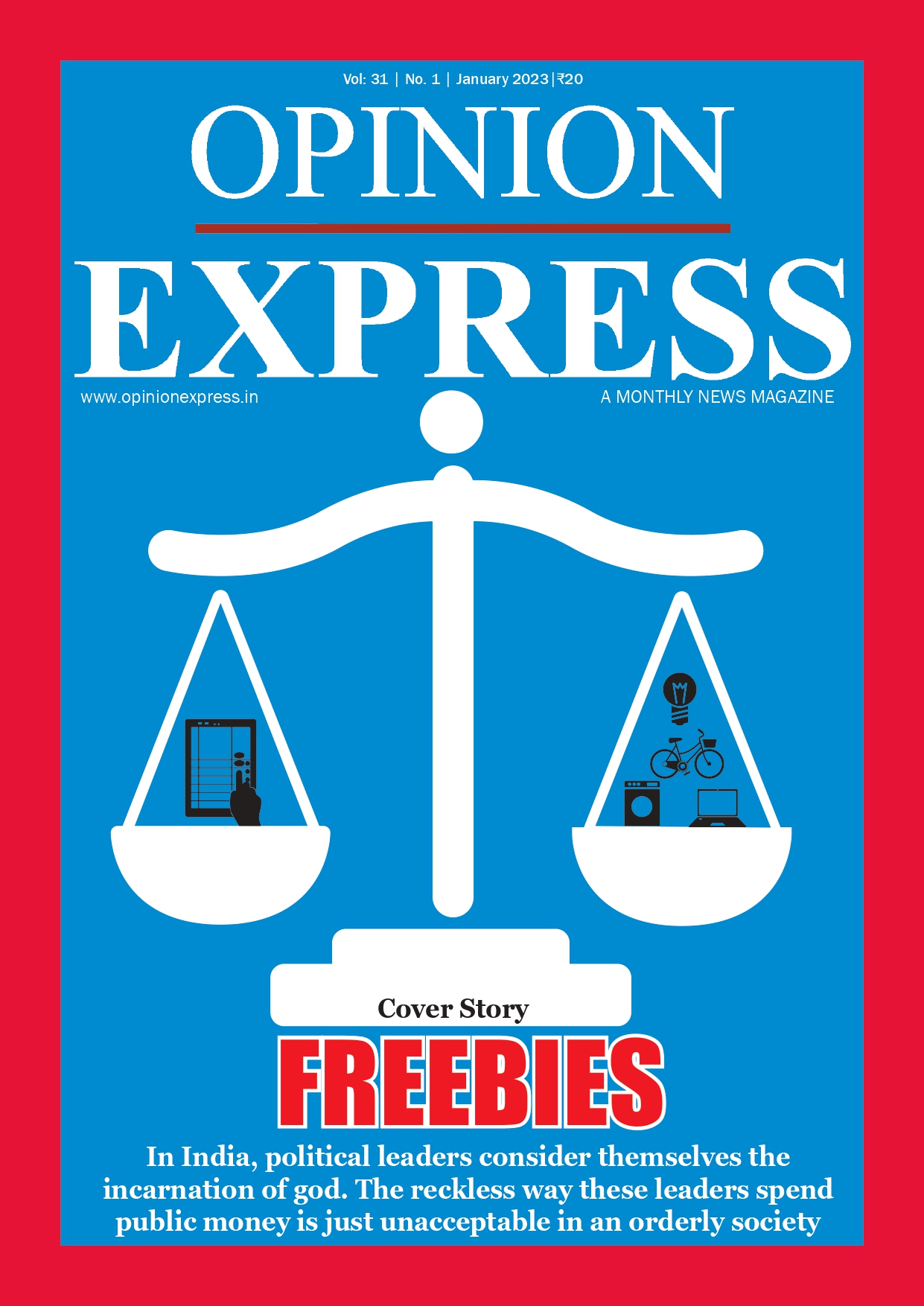
Comments (0)